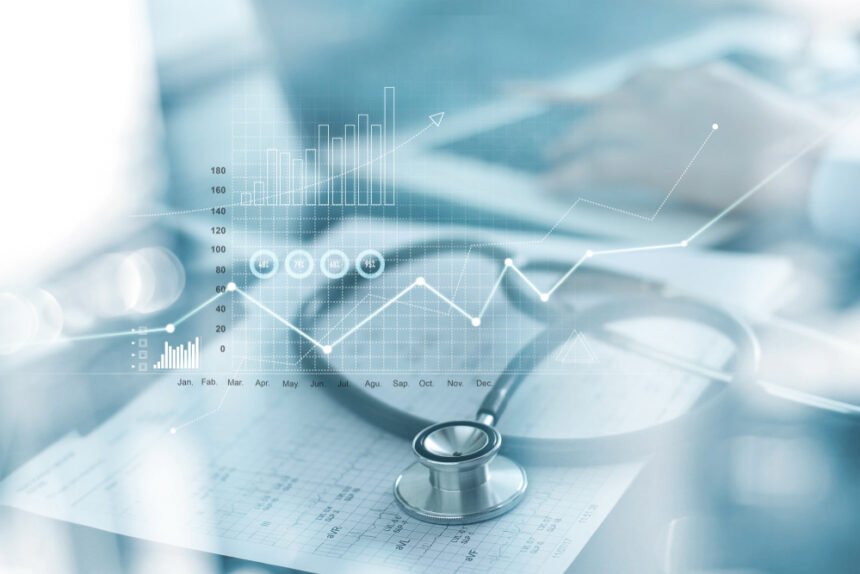Everyone seems to have an electronic device in their hands today, from corporate executives to local plumbers. Technology has improved several aspects of life, including healthcare. Doctors, nurses and other associates can use technology to save a life or simply look up a medical chart. Healthcare improvements don’t have to be one-sided, however. The patients should see these positive changes at their doctors’ offices or within hospitals. Take a close look at today’s technology and how it’s improving healthcare for both employees and patients.
Access to Medical Records
One of the most time-consuming aspects of healthcare is answering patients’ questions about their histories. Each question requires the medical professional to pull out the corresponding chart, so that they can answer with an accurate assessment. With technology embedded into every part of a doctor’s office, patients can access this information by simply logging into the computer system. Patients set up a user interface with the healthcare provider. When they want to look at their medical history, patients securely log on to their account. They should be able to see past vital sign measurements and appointment schedules. This access frees healthcare professionals from researching information during every phone call. As a result, the professionals can concentrate on other critical healthcare concerns.
Secure and Searchable Databases
Technology that indirectly improves healthcare is large-scale databases. Doctors used to be limited in their knowledge regarding current medical research. Professionals attended conferences and spoke to colleagues, but information was still slow to reach everyone. Currently, doctors can use their computers to access databases full of research, trials and possible solutions for emerging or unusual ailments. These databases are strictly for medical professionals. They’re secure and require a specific login procedure. If doctors come across a patient with unusual symptoms, they have the resources to determine a treatment procedure. Patients benefit from this information because their treatment isn’t postponed. Doctors can start the treatment with confidence that it will work for that particular ailment.
Email or Messaging With Patients
One major complaint from almost every patient is a lack of communication with his or her doctors between appointments. Patients may need one answer to their question, but they have to schedule an appointment to discuss it. This frustration is easily remedied with email or messaging. Doctors’ offices can create an email system that’s open to every patient. Answers to questions can be fulfilled within a 24-hour period, for example. Alternatively, doctors can use a messaging system through their websites. Patients send secure messages through the system, and doctors answer them as quickly as possible. Some healthcare professionals may want to create a “live chat” period where the doctor is actively online and messaging with patients.
Touchscreen Check-In
During busy seasons, such as winter, there might be several patients checking in at the doctor’s office simultaneously. This line can be long and frustrating for sick patients in particular. Because tablets are so inexpensive today, medical facilities can implement touchscreen check-in procedures. Two or three tablets attached to stands can be added to the waiting room. Patients walk in, sign in on the screen and sit down. If any information is needed from the patients, receptionists can call them to the front in the order that they arrived. Patients are more comfortable as they check in, and medical reception workers experience less stress during their daily duties.
Streamline Daily Appointments
In some cases, patients feel like they repeat themselves during a given appointment. They describe their ailment to a nurse, and then they repeat the same information to the doctor. To streamline this process, doctors can use handheld devices wirelessly connected to the medical charts. As nurses input vital signs and other information, it’s automatically downloaded onto the doctor’s device. When the doctor enters the patient’s room, he or she has all of the information necessary to complete the appointment. If any clarification is required, the doctor and patient can work together to answer those questions. By saving a few minutes with each patient, doctors improve their productivity and please patients at the same time.
Generate Understandable Medical Bills
Medical billing has always been a complex job. There are dozens of codes and insurance companies listed on one bill alone that can confuse patients. Medical facilities should use today’s technology and improve the basic medical bill. Important coding to the medical facility can be hidden on these invoices when they’re sent out to patients. Internal medical billers can still complete their jobs, but patients benefit with an easy-to-read invoice. As a result, patients are more inclined to pay the bill on time. There are fewer phone calls to the doctor to clarify the bill too. Understandable medical bills make the business side of healthcare easier for every party. Healthcare information technology professionals have grown in number in response to electronics improving this industry. Hospitals, clinics and offices consult with these professionals so that they can improve their technology every year. Professionals even have their own websites, such as Marcia Radosevich’s site. With professional know-how and improved electronics, technology in healthcare will continue to improve care as time goes on.

